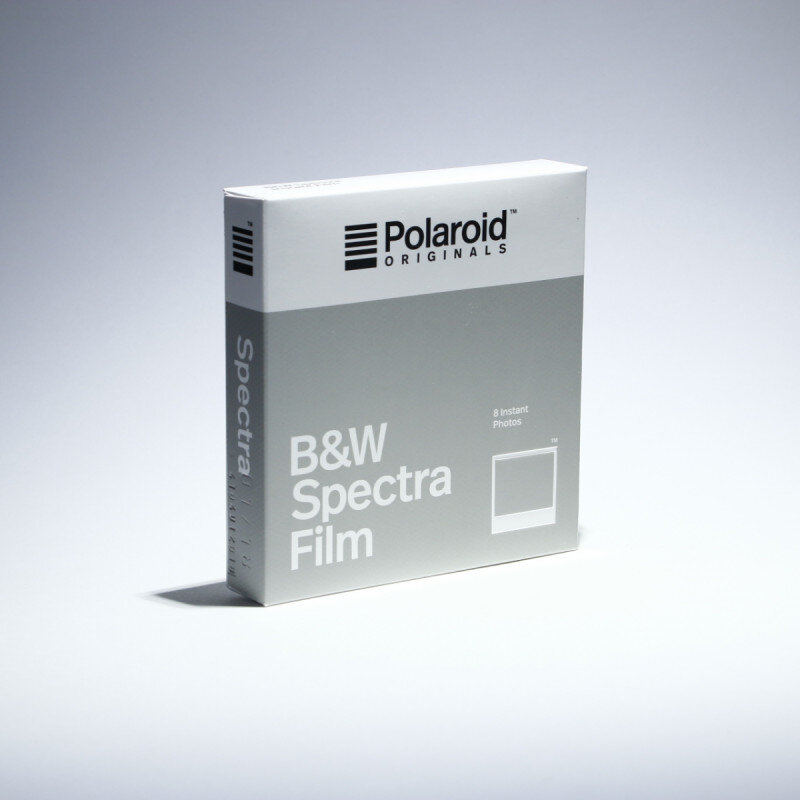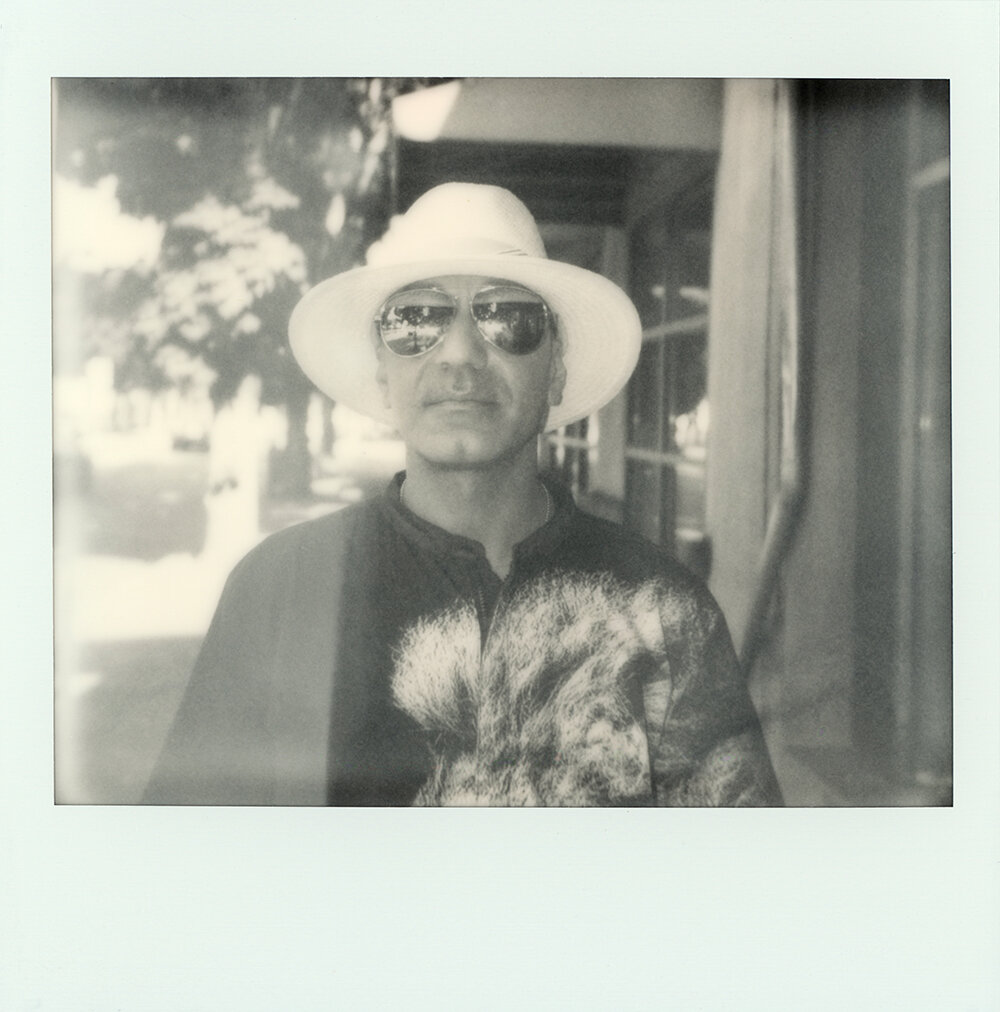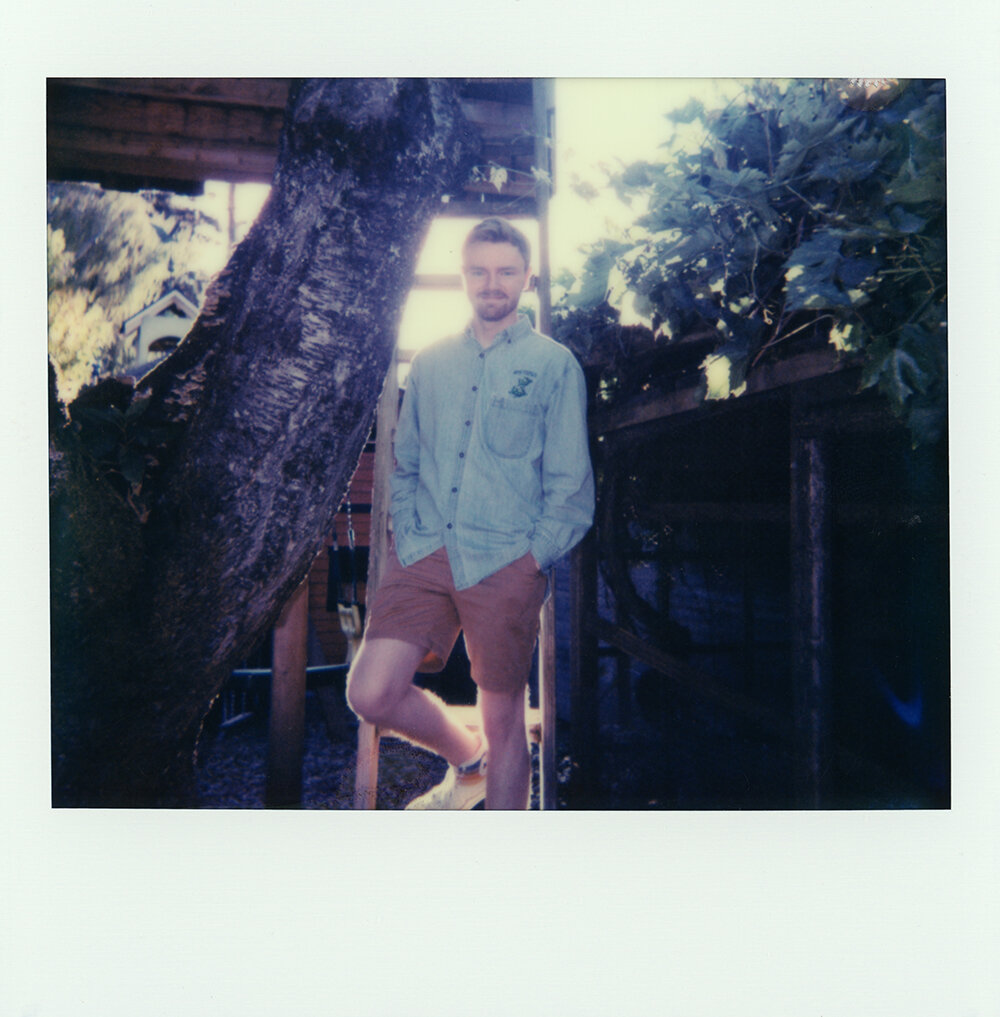Film Friday - July 31st, 2020. Polaroid Originals Spectra Color and B&W Film Review
Spectra film has had a bit of a tumultuous recent history. Starting in 2018, photographers started reporting widespread jamming of the film in their cameras. Then, it was unavailable for nearly a year, only to briefly enjoy newfound availability before it was announced that Polaroid Originals would be discontinuing production of the film in October of 2019. As of the writing of this Film Friday review, we still have some stock remaining but when it is gone, that will likely be the end of the Spectra era for us. So we thought we’d send it off properly with a Film Friday review while we still had the film to enjoy and to shoot.
Spectra was introduced to the world by Polaroid in 1986. At its most basic, it is essentially an alternate format of the Polaroid 600 film. It would probably be well worth your while to pop over to the Film Friday write-up we did on Polaroid Originals 600 B&W, which will fill you in on the history and characteristics of that instant film. Spectra film shared the same basic chemical formulation and ISO rating as 600, but offered a larger and wider picture area measuring 7.3cm by 9.2cm, versus the nearly square 7.9cm by 7.7cm of 600 and SX-70 film. But there was more to Spectra than simply a larger frame. Polaroid introduced a whole new series of cameras with which to use the film. These Spectra cameras are arguably what really drove Spectra’s popularity as the cameras often feature nice lenses, more manual controls and additional features such as self-timers or auto-focus. Like the rest of Polaroid film, Spectra was initially discontinued when Polaroid announced the end of film production back in 2008. With the rise of The Impossible Project Spectra was given a new lease on life as it was brought back alongside 600 and SX-70. Once again instant photographers could make that larger image on all those nifty Spectra cameras they had kept tucked away. But sometimes good things just cannot last. As mentioned above, Spectra film started encountering frequent issues jamming in the camera during ejection. The problem stymied both photographers worldwide, as well as Polaroid Originals. Numerous YouTube videos were posted outlining possible causes and solutions to the problem and Polaroid Originals even pulled the film from the market while their engineers tried to fix it.
Looking back on those problems, do we know what caused them? Yes and no. The common culprit cited is the age of the cameras themselves. Some claimed the batteries in the film packs were no longer strong enough for the cameras to push out the wider film. Suggestions ranged from removing a mylar strip on the film pack, to hitting the side of the camera, to vigorously shaking the camera during ejection. Compounding the issue is that some tricks seem to work with some cameras, and some cameras have no issues at all. The newer and less used your Spectra camera, the more likely you are to enjoy uninhibited success with the film, but seeing as how Spectra cameras found in thrift store rarely have clear indications of how many miles are on their motors, it still remains very much a gamble.
Staff member Young David performs the "Spectra Shake" - a move often needed to help coax freshly exposed film out of Spectra cameras.
With these caveats in mind, you are very justified in asking the question, “So, why would I bother shooting Spectra film?”. You’ll forgive our response though if we answer by simply saying, “Why not?”. Look at this way, perhaps by the time you read this, or not too long after, this film will be gone and with a high likelihood of that departure being permanent. At some point, the closest you’ll be able to get to experiencing Spectra will be looking at sample images online or digging up old Polaroids from storage boxes in the closet. You might as well make use of the opportunity to shoot some of the film while you still can. Sure, there is a chance the packs may have issues but then again there is also the chance you will really enjoy the experience and make some lovely instant film images while you are at it. You may even get hooked on Spectra like many an analog photographer before you. As so many Polaroid users will tell you, the process is just a little bit magical, no matter how many times you have experienced it.
There is definitely a charm and value to making tangible and instant images out of the moments of everyday life.
Spectra film has come a long way since its reintroduction by The Impossible Project. The emulsion has undergone several generational changes and the Spectra film on offer today is quite different from that of even five years ago. As such, it is important to realize that there are a wide variety of opinions out there on this film that are rooted in one’s experiences with specific generations of Spectra. The Spectra of today is likely a generation or two behind where 600 film is. Even so, the film has developed (pun intended) into something that is both fairly predictable and stable. Let’s start with Spectra Color.
The color palette of Spectra film (and Polaroid in general) is pretty unique. It is not as crisp or vibrant as Fuji Instax, nor does it look quite like the Polaroid film of the 1980s and 90s. It tends toward warm highlights and colder shadows, but even this can be influenced both by exposure and ambient temperature. Spectra Color’s contrast can likewise offer up a few surprises here and there. Normally the film has a moderately muted contrast. It usually doesn’t look flat, but it does have more of a vintage feel to it. Though, here and there we would hit these little idiosyncrasies with the contrast, such as a black pair of shoes going so dark that they looked like a hole into outer space. One of the main improvements to the film over the years was to both reduce its developing time and improve its resistance to ambient exposure after the film had ejected from the camera. In terms of the former, development of Spectra Color takes about 10-15 minutes and while you can stand there and watch the image fade into view we recommend tucking the film away in a pocket or turning it upside down. This is because the opacifiers used in Spectra still are not perfect and some after-the-fact exposure can still occur - washing out your actual exposure. The film is most sensitive to this right after it has ejected from the camera. Some photographers like to tape a piece of cardboard over the mouth of their cameras, or hold their hands over the emerging film to help shade it. In our experience this is generally only necessary if you are shooting in really bright, direct sunlight, otherwise we really didn’t have many issues at all with the film exposing after ejection. Still, be aware of this quirk and if you are struggling with washed out frames, try immediately covering the film as it ejects.
Spectra’s distinct color palette and contrast on display out in front of our shop.
On the monochromatic side of things, Spectra is also available as a b&w film, though we have found it to be a fair bit warmer than true black and white. While it can be capable of producing almost true black and white shots, the conditions have to be just right for it to happen and usually the result is a look that has a slight warm, sepia tone to it. You could also describe it as an ivory or cream tone. We actually like the tone quite a bit, but if you go in expecting true black and white images, you might be in for a bit of a letdown.
Spectra B&W enjoys an even faster processing time than the color film does, going from ejection to full image in 5-10 minutes. Once again, ambient temperature can affect how fast the film develops and also have an impact on its final appearance. Also, like the color emulsion, it can be a good idea to shield your freshly-ejected shots from direct sunlight for the first few moments otherwise they can risk being blown out by ambient exposure as well.
The typical tone and contrast of a Spectra B&W image.
Which of the two films do we prefer using? Honestly, we go back and forth. Both Spectra Color and BW are fun to shoot with and produce images that have a unique look to them. The film has come far enough that the earlier inconsistencies that plagued it are largely worked out. Now the biggest issues are the fact that it can jam in camera unexpectedly and the film itself is now discontinued. But as we said up above, we encourage a “Why not” attitude toward Spectra. You have a closing window of opportunity to make those large, rectangular instant images on these two emulsions, you might as well make use of the chance while you have it. And as we also mentioned, there are some cool Polaroid Spectra cameras out there worth trying, and this film is your ticket to using them.
Sadly, Spectra was phased out and discontinued in 2019.
We have almost every film stock available on the market. Check it out!
If you need an excellent lab for meticulous film developing, topnotch optical prints, traditional darkroom printing and superb film scanning, we’re your lab!
Also, sign up for our weekly newsletter The Loupe and keep your eyes peeled on our social media feeds every Friday when we feature a different film and also offer it at a one day discount of 15% off!
Our pal and longtime customer Ashkan was by for a visit, so naturally we made a portrait of him on Spectra B&W.
Lab manager Renee!
Thanks to staff member Young David for producing all the sample images in this Film Friday.













